Home »
Misc »
How to take over a basketball game
How to take over a basketball game
How to Dominate the Game of Basketball
What does it mean to be a dominant basketball player? It means being a player who truly leaves an impact on the game!
Use this mentality and these methods to dominate the game and improve your skills!
Basketball Skills (Shooting, dribbling, passing, rebounding, defense, moving without the ball on offense, playing in transition)
Focus on developing your fundamentals! Practice, practice, practice your skills. These skills are the ABC’s of basketball. Develop your shooting, dribbling, passing, defense, rebounding, etc.. The more skills you develop, you can use them to DOMINATE situations on the court by having the skill level to succeed.
Some players are exceptional at one skill, we call them specialist. They focus on that skill and that is the way they DOMINATE THE GAME. Other players are versatile and excel at multiple skills. These are the DOMINANT players that can take over games because they effect the game in multiple ways at the same time!
Work Smart and Hard!
“REPETITION is key!” The more you dribble the ball, the better you will get! The more you practice on your shot, the better shooter you will become! Practice until you become dominant at the skills that you want to add to your game!
It’s important to realize that we must practice efficiently.![]() When we have practice or training, we should work on the skills that we need to become the dominant player. That is how we can evolve into the player that we see within our minds. We need a training system so that we are making the most of our time and energy!
When we have practice or training, we should work on the skills that we need to become the dominant player. That is how we can evolve into the player that we see within our minds. We need a training system so that we are making the most of our time and energy!
When working on a skill, focus on form and function. Then, we must ask ourselves: what is the proper way to perform this skill? How is this skill used in the game? It’s imperative take the skill and break it down into smaller parts.
Breaking the game down to small pieces allows us to fine tune the details of our game that we are never taught or that we forget about.
Take shooting for example. We can break a shot down into 2 parts: your lower body and your upper body. Your lower body (feet, legs and core) is responsible for balance, jumping, and generating power to get the ball to the basket. Your upper body (hands, arms and shoulders) is responsible for your touch and your accuracy, and help you guide the ball to the basket.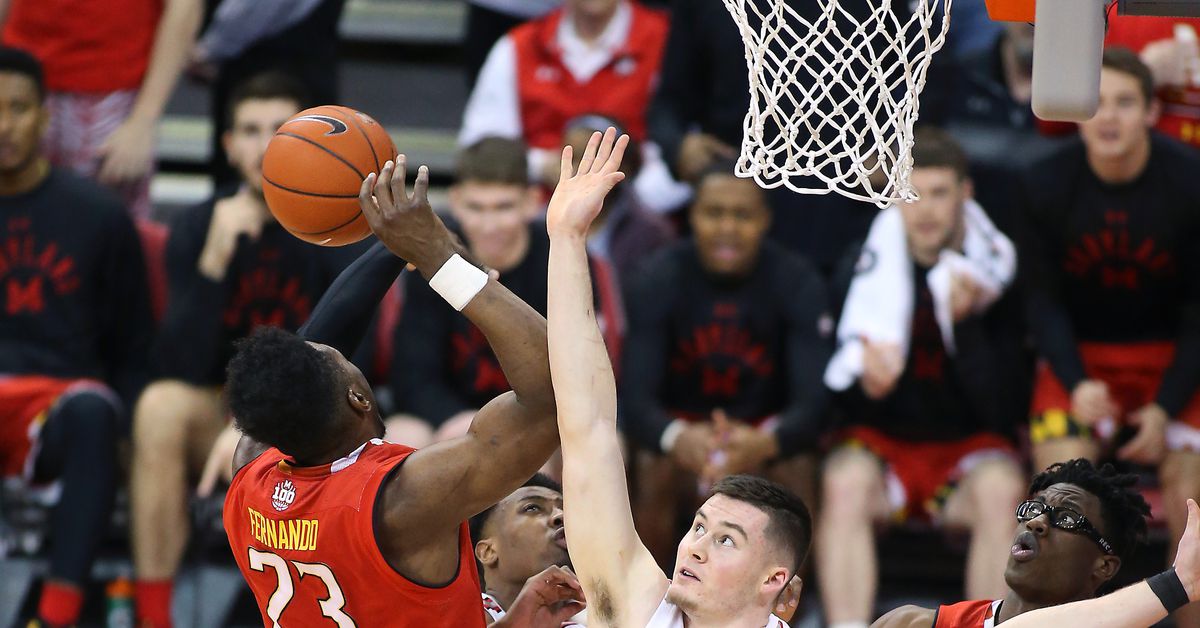 You must break down these components and understand how they both effect your shot in different ways. Then you put them together and you become a better shooter! We must break down every skill in this way if we wish to get to the roots of what we need to fix in our game!
You must break down these components and understand how they both effect your shot in different ways. Then you put them together and you become a better shooter! We must break down every skill in this way if we wish to get to the roots of what we need to fix in our game!
Play Your Position or Don’t
As your skills begin to take shape, so will your identity as a basketball player. Some of your skills may be better than others! You may be better at driving to the basket than shooting or vice versa or you may be known for your ability to get every rebound. We tend to want to do the things that we do well more than the things that we don’t.
As our stronger skills start to emerge, we can determine our basketball position. As the game constantly changes, so do the roles of the position of its players. The traditional basketball player positions are:
1- Point guard
2- Shooting guard
3- Small forward
4- Power forward
5- Center
Each position has a certain role to fulfill on the court, so positions are based on players’ abilities to perform a certain task.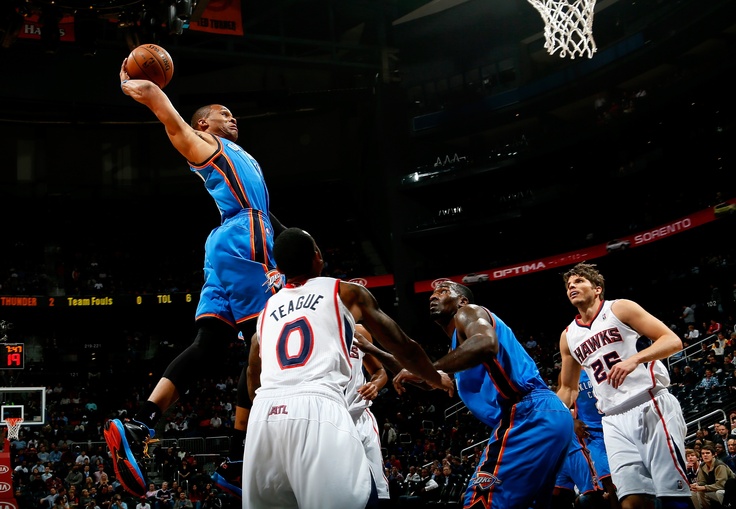
Point guards for example do a lot of dribbling and passing, so to play this position, a player needs to be strong at these two skills. However, in recent years the game has evolved as point guards have begun to develop more shooting and scoring skills.
Positions in basketball can be useful when orchestrating good team play. But, as a basketball player DO NOT LET YOUR POSITION DEFINE YOU AS A PLAYER! This can be dangerous because you want to constantly be evolving and improving your skill. Don’t get caught in the thought that, “I’m just a shooting guard, I don’t need to improve my dribbling or rebounding.”
Basketball Athleticism Basketball does not simply mean we have to jump the highest or run the fastest. Although we certainly want to have a monster vertical leap and to run the court like an Olympic sprinter, basketball athleticism is learning to use your body in ways that maximize your basketball skill!
To develop true athleticism for hoops, we can’t only focus on power and explosion. We must also develop our balance, core strength, acceleration (speeding up), deceleration (slowing down), lateral movement, footwork, conditioning, flexibility etc.
We must also develop our balance, core strength, acceleration (speeding up), deceleration (slowing down), lateral movement, footwork, conditioning, flexibility etc.
Our athleticism is the ingredient that we mix with our skill to enhance our game. As we learn to strengthen our lower and upper body and we get stronger, we can do things like shooting the ball from the three-point line with proper form!
Footwork, Footwork, Footwork
As our balance improves, every one of our basketball skills will improve because we will have more stability as we make any move on the court! We will be better on defense because we will be more balanced in our defensive stance.
The foundation of our balance is our feet. Every move that we make on the basketball court starts with engaging our feet.
The perfect marriage between skill and athleticism is footwork. The more we understand how to control our feet, we can control the rest of your body.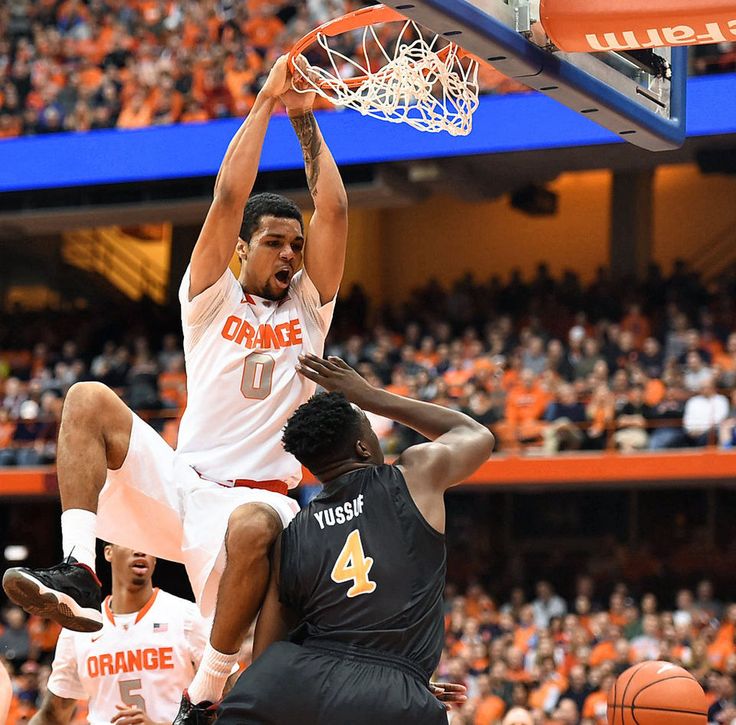 We want our feet to move as efficiently as possible. This will allow us to move our body on angles where we will be able to gain advantages on our opponent.
We want our feet to move as efficiently as possible. This will allow us to move our body on angles where we will be able to gain advantages on our opponent.
Often we find that slower, less athletic players with superior footwork are able to beat faster players with inferior footwork. The slow player with better footwork is able to out maneuver the fast player on offense and defense.
Basketball is a dance, learning footwork is like learning the dance steps! As our basketball athleticism improves, we are able to “Dance to the rhythm of the game.”
Basketball IQ: Know the GameUnderstand the game! Learn the rules, Learn the objectives of the game! Learn the history of the game! Learn the language of the game! Learn the form of the game!
There are rules and boundaries that the game is meant to be played within. We must learn these “lines” so that we can find use our individual skills within the context of the game. When you learn the game, certain things become obvious; you don’t want to dribble out of bounds, you want to make shots (in the other team’s basket preferably), you want to pass the ball to the players on your team.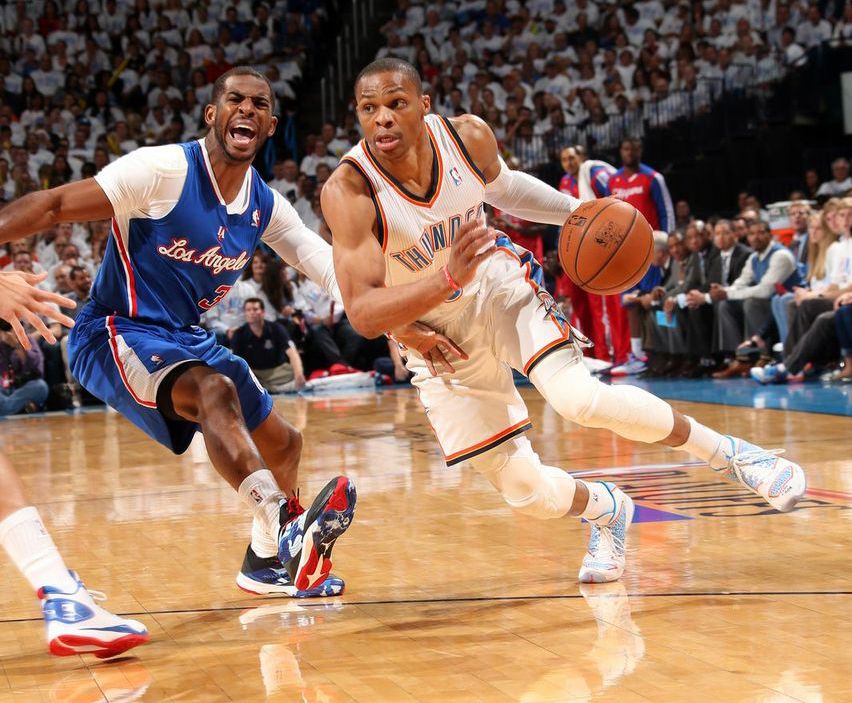
As our knowledge progresses, we begin to learn how the game operates. We learn when certain situations will present themselves in the game. When should we shoot? When should we pass? When is a good time to try to steal the ball on defense? All of these questions are great questions, but they all have more than one correct answer! The more we learn the game the more we understand the different answers to these questions!
Time, Score, and Possession
A big part of our basketball IQ is understanding time, score, and possession. This will answer the questions from above. We should always be aware of how much time is on the clock, the score of the game, and what we want to accomplish on each possession. As we keep these things in mind when we make decisions on the court, we become “smarter” basketball players. As we understand time, score, and possession, we will have a better understanding of when we should use certain skills and when we shouldn’t.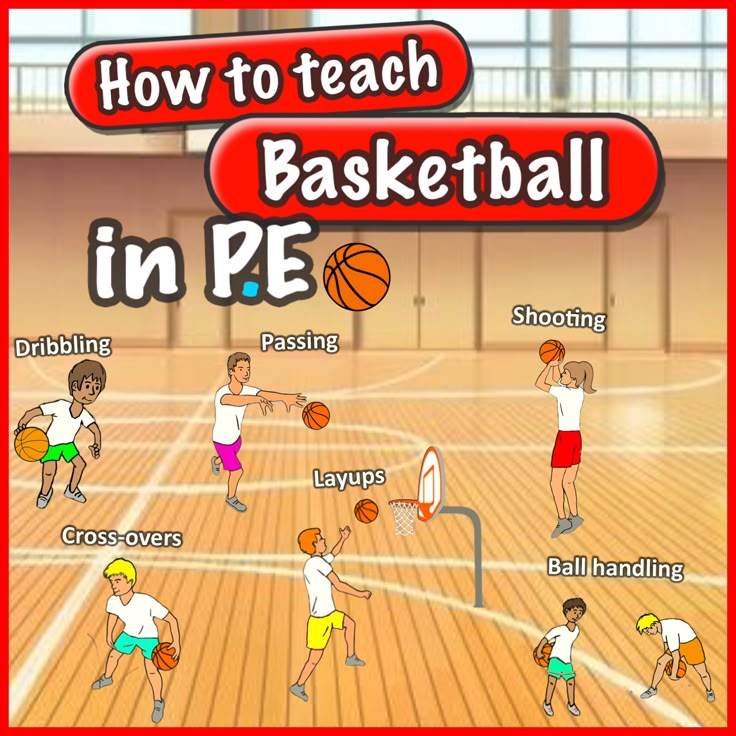
Learn to use your SKILLS AND BASKETBALL IQ within the context of the game. For example, learn the skill learn proper shooting form and techniques. Learn how being in better shape and being a better athlete can give you the strength you need to be a good shooter! Then use your BASKETBALL IQ to look for great shots on the court!
As you begin to elevate your basketball IQ, the speed of the game will seem to slow down. The next play will begin to reveal itself to you and you will develop the basketball instincts to react accordingly.
Courage Over FearThe secret ingredient to being DOMINANT is overcoming your fears that may arise in your basketball experience! Remember that fear can be overcome by finding strength within yourself and making one courageous play. Hustle Hard! Shoot big shots even in the face of defeat. Be a relentless defender even when you are tired. Work when no one is watching!
When we say fear, we are not taking about standing across from your opponent trembling and terrified.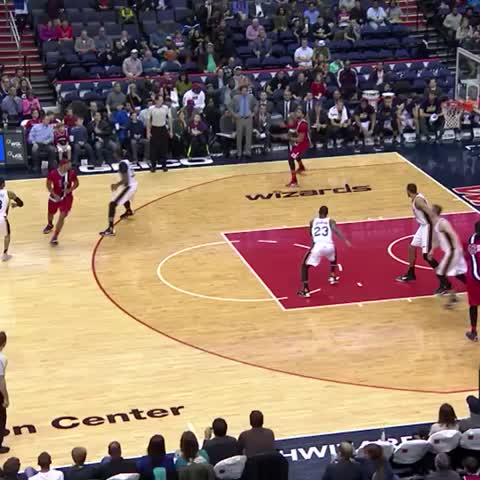 Fear can creep in your mind in more subtle ways. We may be afraid to make a mistake, and because of that are hesitant to trust our skills. After missing three shots you may become “gun shy”, and when it’s time to shoot the next shot you may be afraid that if you miss the fourth shot your coach may put you on the bench.
Fear can creep in your mind in more subtle ways. We may be afraid to make a mistake, and because of that are hesitant to trust our skills. After missing three shots you may become “gun shy”, and when it’s time to shoot the next shot you may be afraid that if you miss the fourth shot your coach may put you on the bench.
We must not be discouraged by coaches who communicate poorly. We can’t be discouraged by hostile teammates, crowds or environments. If we allow these things to affect our mentality in a negative way, it will be nearly impossible to dominate the game!
Be A-G-G-R-E-S-S-I-V-E
Be proactive on the court! When you have decided to make a move, make it bold and aggressive. After all we are looking to leave our impact on the game. As we shoot, defend, attack the basket, rebound, etc., we have to do these things as though we intend to dominate the game with our play.
Play as though you belong. Own your physical space. Use your athleticism to carve out real estate on the court and aggressively protect that space.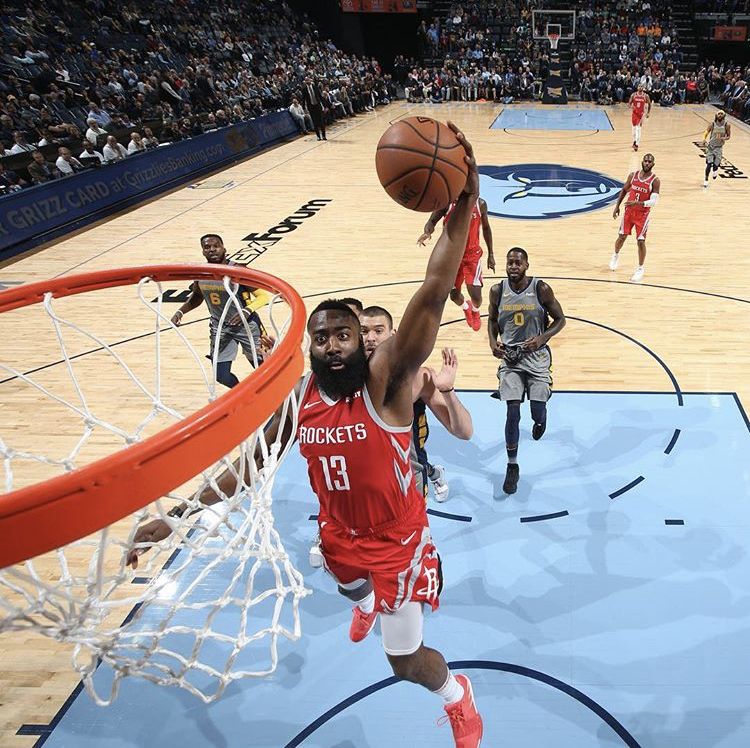 If we are dribbling and attacking the basket, we have to protect the ball aggressively with our body. You have to attack the basket boldly with the mentality that you won’t be stopped!
If we are dribbling and attacking the basket, we have to protect the ball aggressively with our body. You have to attack the basket boldly with the mentality that you won’t be stopped!
If you are on defense, defend aggressively! Remember it’s your job to prevent the offense from scoring. You have to defend in a way that you can dominate the offensive player. Highly skilled and athletic players can do this without fouling.
Dominate The GameIn conclusion, to become the most dominant version of yourself as a basketball player we must remember the four keys:
- Develop your basketball skill
- Develop your basketball athleticism
- Develop your basketball IQ
- Play with courage over fear
CoachUp is the safest and easiest way to find a coach for personalized training. With our 100% money-back guarantee and vetted coaches, anyone can achieve their full athletic potential. Find your perfect coach today and become the athlete you want to be!
How useful was this post?
Click on a star to rate it!
Average rating 4.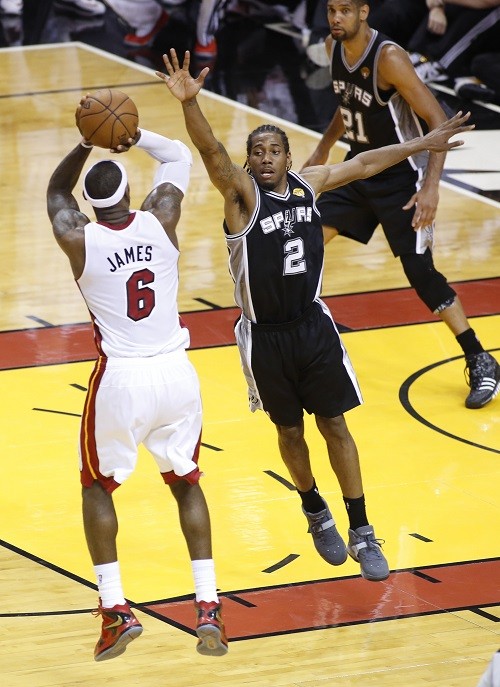 7 / 5. Vote count: 7
7 / 5. Vote count: 7
No votes so far! Be the first to rate this post.
How to Win Every Youth Basketball Game (8 Terrible Tactics)
I was once asked to fill in as the coach for a team competing in an U12’s grand final game because the normal coach of the team had fallen ill the night before.
I was happy to help out and said yes despite not having any idea what players were on the team.
When I arrived at the game the next day I was delighted to find out that we had a great team. I had previously coached most of the players and had watched the others play before.
But the player that immediately stood out to me was our team’s biggest player. Let’s call him Tom (not his real name).
Tom was the tallest player on the court… And there wasn’t a close second.
The next tallest player on the court didn’t even come up to his shoulders. He was huge.
So you know what I did… I planted him in the key and told him not to move any time that we were on defense.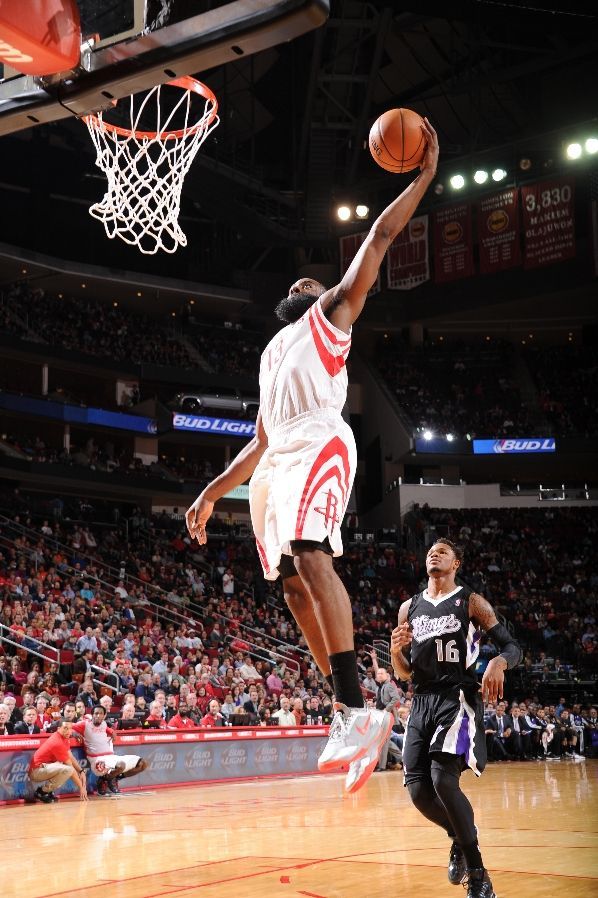
“I don’t care if your player catches the basketball at the three-point line, just stay in the key. That’s all I want you to do.”
So he did.
And we won the grand final.
Every time we were on defense he would run back to the key and stick his hands in the air.
He wasn’t a great player. He didn’t block many shots or grab many rebounds. But his sheer size caused the opposition’s best players to miss most of their layups.
So, what’s the point of this story?
Was the tactic I used (planting our biggest player in the key) smart coaching?
Sure, it worked. It worked really well. We won the game…
But was it a smart tactic for a youth basketball coach who claims to be passionate about the development of players?
Once upon a time, I would have said yes because I didn’t know any better. And a lot of current coaches would agree with me.
Now that I’m more experienced, I would say an emphatic no.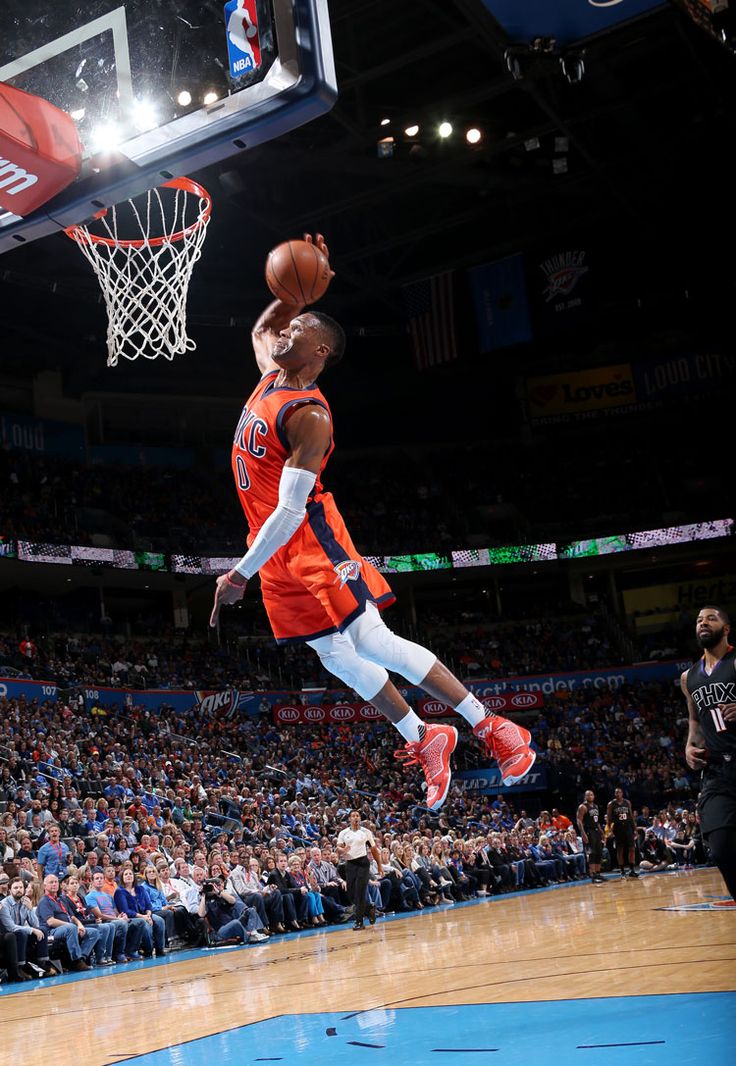
But this tactic (and many other similar tactics) are used on a regular basis in today’s youth basketball.
Think about this…
What was I depriving Tom of when I forced him to stay inside the key the entire game?
Here are just a few things…
• He doesn’t get a chance to practice closing out.
• He doesn’t get to practice evading off-ball screens.
• He doesn’t get to experience fighting through on-ball screens.
• He doesn’t get to practice guarding the basketball on the perimeter.
• And many more!
Not to mention that I was also depriving other players of learning how to play help-side defense because we already always had Tom permanently there. They didn’t need to.
I was hurting the entire team’s development because I wanted to win the game more than I wanted them to get better.
Sorry, Tom. If I could go back and change how I coached that game, I would. Even if it meant we lost the game.
Which brings me to the main point of this article…
Many of the tactics that win youth basketball games are detrimental to the long-term development of our athletes.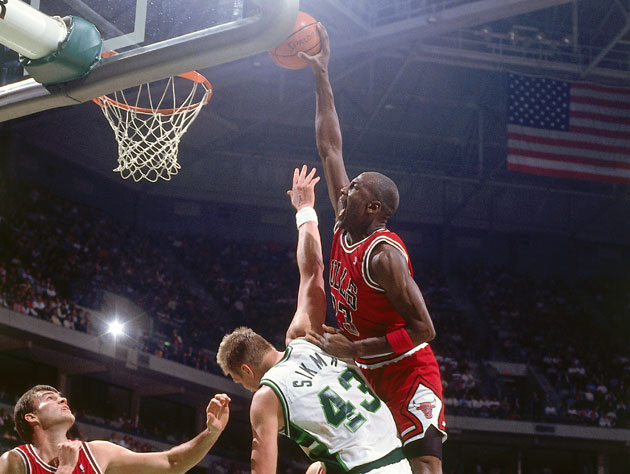
These tactics are most commonly used by coaches who aren’t aware of the consequences or coaches that are only concerned about stroking their own ego and winning games.
Here they are…
(Please don’t use them).
Terrible Tactic #1: Play Your 5 Best Players as Much as PossibleThe first sign of a coach who only wants to win is one that plays their best players as much as possible and their weaker players only sparingly.
They’re not interested in even court time.
They start the game with their 5 best players on the court and will only rest them when they’re fatigued to the point where they can’t possibly run any longer.
Only then will they ‘risk’ putting in a weaker player.
As soon as their starter is ready to go again, they’re straight back onto the court and the weaker player is back on the bench.
What you should do instead:Every youth basketball coach should strive to give all of their players relatively even time on the court.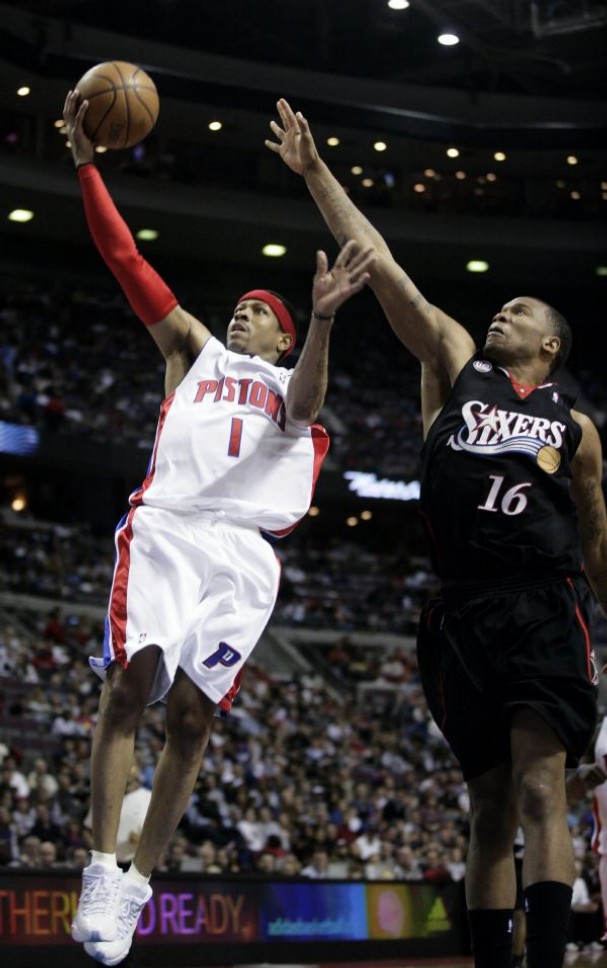
There is no substitute for in-game experience when developing basketball players.
For me, the only time I will deviate from even court time is in the last 3 – 5 minutes of a close game, then I’ll put in the players who I believe give us the best chance of winning the game.
But up until that point, everyone should be receiving even court time whether you’re winning or losing.
I’ve literally heard a coach say “It doesn’t matter if they don’t get on the court. They won’t be playing in a few years anyway.”
Terrible.
Terrible Tactic #2: Run a Tight 2-3 Zone and Force the Opposition to Shoot from OutsideThis is the most common tactic used by coaches that aren’t concerned with the development of their players.
I’ve written extensively on why zone defenses are ruining youth basketball which you can read here so I’ll keep this short.
Basically, since most youth players aren’t physically strong enough to shoot the basketball with good technique or consistently from outside, coaches take advantage of this by leaving them open on the perimeter and packing the paint with defenders.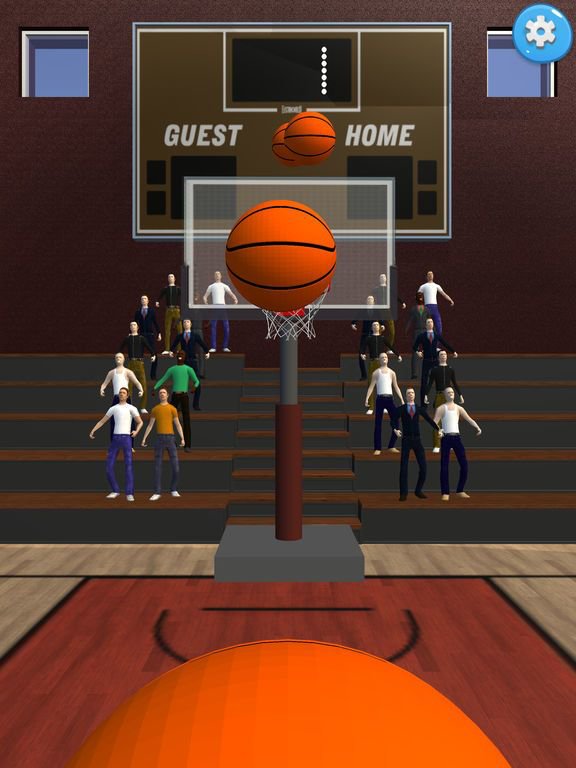
Then they simply wait for the offense to miss an outside shot so that they can rebound the basketball and play offense.
When a coach does this, they’re depriving their players similarly to how I did in my U12’s basketball game to Tom.
The players won’t be able to practice closing out, fighting through off-ball screens, defending the pick-and-roll, etc.
Running a 2-3 zone isn’t ‘smart basketball’ like a lot of youth coaches seem to think it is.
What you should do instead:I believe all youth basketball teams should be playing man-to-man half-court defense.
I don’t mind teams using the Pack Line defense although some will argue that it’s similar to running a zone defense.
I disagree with this and see the Pack Line as a progression to man-to-man defense by teaching younger teams the correct help positions without them needing to think about denying the basketball as well.
Terrible Tactic #3: Flood the Front-Court with a Full-Court PressWhether to use a full-court press was something I debated with myself over and over again when I first started coaching youth basketball.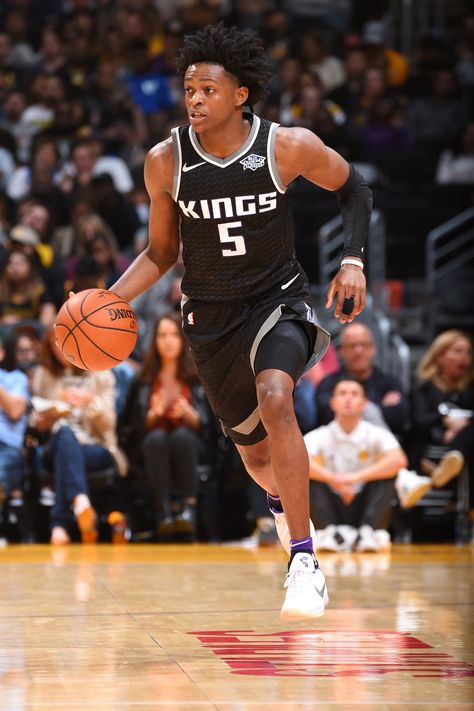
(Yes, I used one when I first began coaching. The 2-2-1 press specifically)
The reason I’ve decided against using them might seem odd to a lot of coaches out there…
…because they’re too effective. Full-court presses flat-out work in youth basketball.
Here’s why they work and how it’s hindering the development of our players.
As stated in tactic #2, youth basketball players are weak.
To effectively beat a full-court press requires good spacing amongst the offensive team and the strength to make passes over and through the zone.
Since youth players often lack the strength for good spacing, the defense doesn’t have to worry about the long pass over the top of the defense and they can simply flood the front-court.
This inevitably leads to a lot of turnovers and the game turns into a ‘run and gun’ shootout.
This isn’t a good thing for youth basketball development.
What you should do instead:Same point as the last tactic…
Your team should play man-to-man half-court defense.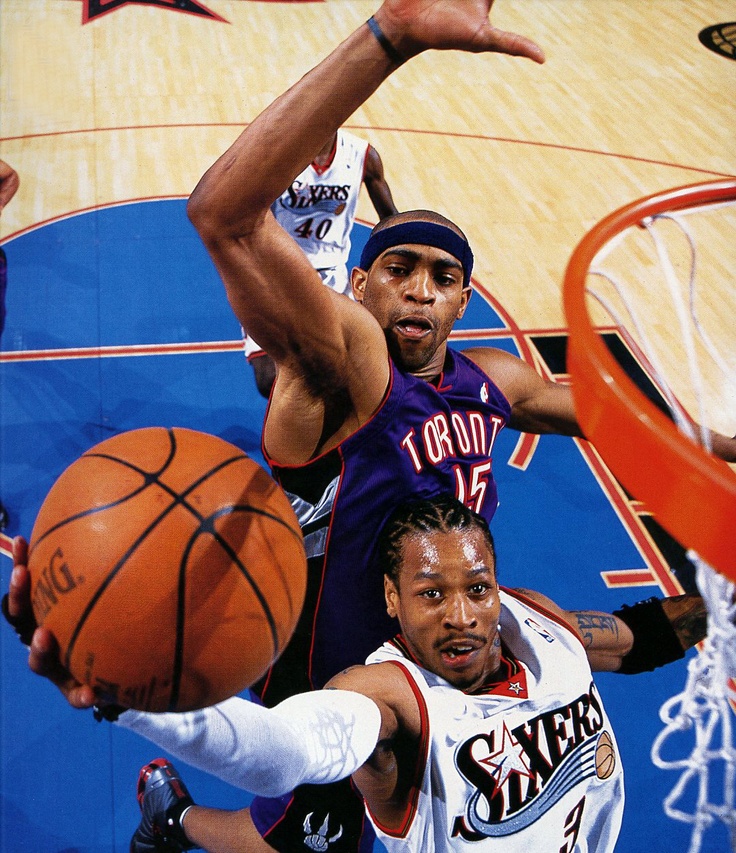
This allows the opposition to advance the basketball and then the offensive team and defensive team can work on half-court fundamentals which are much more important for development.
Terrible Tactic #4: Don’t Allow Players to Play Multiple SportsIf you’re a parent and a coach ever tries to restrict your child to playing one sport all-year-round, run away. Run as fast as you can.
Coaches will often use this tactic to get good athletes to 100% commit to them, their team, and their chosen sport.
Keeping the best athletes on their roster all year around will lead to them getting more wins on the scoreboard.
They’ll tell parents and players that if they do take a season off basketball that they’ll get left behind and won’t be able to catch back up.
This has been proven time and time and time again to be untrue.
What you should do instead:Encourage your players to play multiple sports.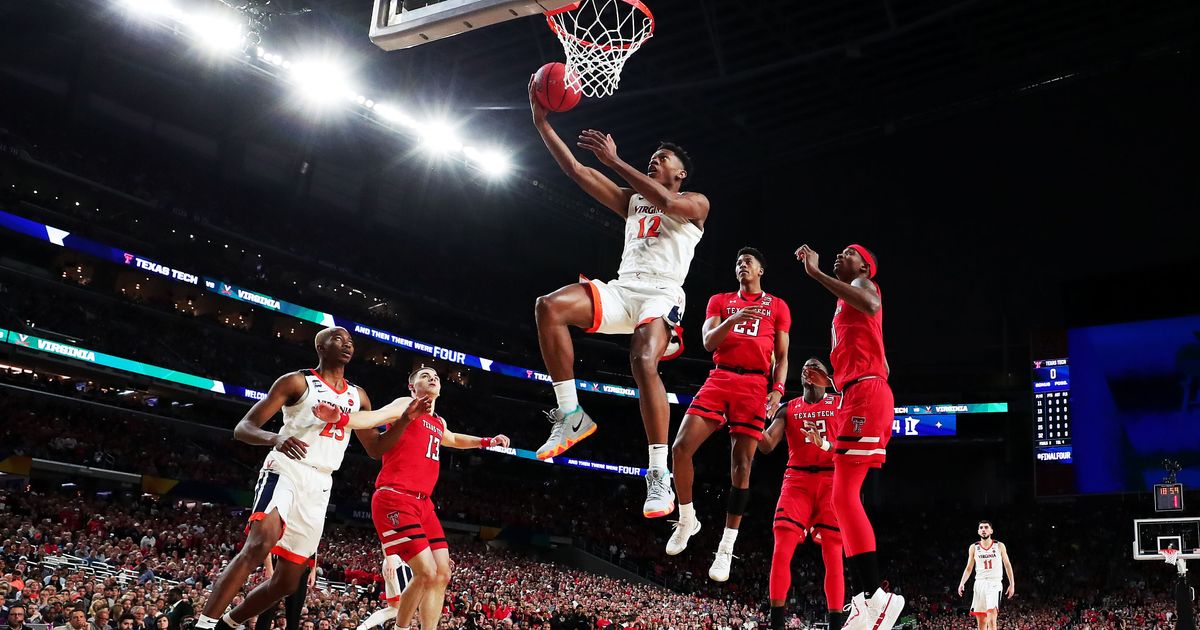
The benefits are countless. The player will develop into a better all-around athlete, they’ll experience different sports and be given the chance to decide their favorite, they’ll develop more relationships, they’ll receive coaching from different coaches, etc.
But not even just the benefits, there are dangers associated with being a single-sport athlete including burnout, injuries, etc.
Terrible Tactic #5: Intimidate Young Referees so That They’re Too Scared to Make Calls Against Your TeamAnother way to immediately know if a coach has their values and priorities in order is if they scream and yell at young referees.
How often have you seen young, intimidated referees fade from the game after being yelled at and intimidated by a 40-year-old man or woman? I see it all too often.
Some youth coaches will often use this tactic knowing that it will benefit their team throughout the game.
As much as we would love for all referees to be unaffected by coaches, it happens.
All referees have to start somewhere (just like coaches) and the young beginner referees will be affected by what coaches say to them.
If you’re yelling at them throughout the game, they will get intimidated and perhaps a few calls will go in your team’s favor.
Don’t sink to this level for a couple of extra calls.
What you should do instead: Stop talking to the referees and focus on the team you’re coaching.
Don’t expect the referees to make every call correctly. You’re not a perfect coach. Your players aren’t perfect shooters. So why do some coaches expect the referees to be perfect?
Terrible Tactic #6: Only Allow the Best Players to Control the Basketball and ShootYouth coaches that only care about winning only want the basketball in the hands of their best players.
It’s common to see these coaches instructing the weaker players on the team to stand in the corners to ‘space the floor’ while the better players on the team isolate on the wing or the top of the key.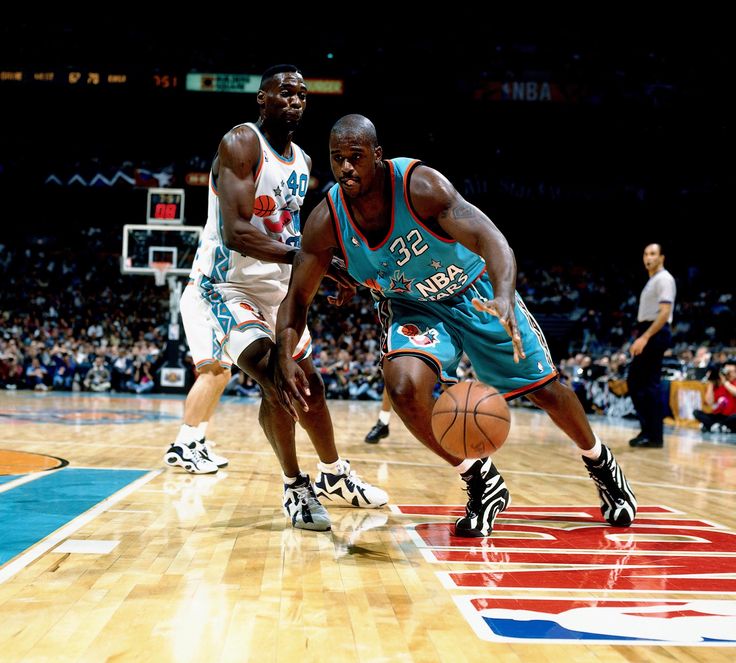
When the weaker players do receive the basketball, they’re often yelled at if they shoot the basketball or drive to the basket.
How are they going to improve if all they’re allowed to do is catch the basketball and pass back to the better players?
What you should do instead:Encourage your weaker players to a make the correct basketball play even if that’s shooting the basketball and they miss.
Another tactic I use is when our team is winning by a comfortable margin, I get the players that don’t usually advance the basketball up the court to become the point guards of the team.
Terrible Tactic #7: Force Your Biggest Players to Only Play in the Post and ReboundThe biggest players on your team are required to play in the post and rebound, right?
Coaches instruct the biggest players to be the ‘big men’ on the team. That’s the way it’s always been.
Their role involves rebounding, playing in the post, and setting screens.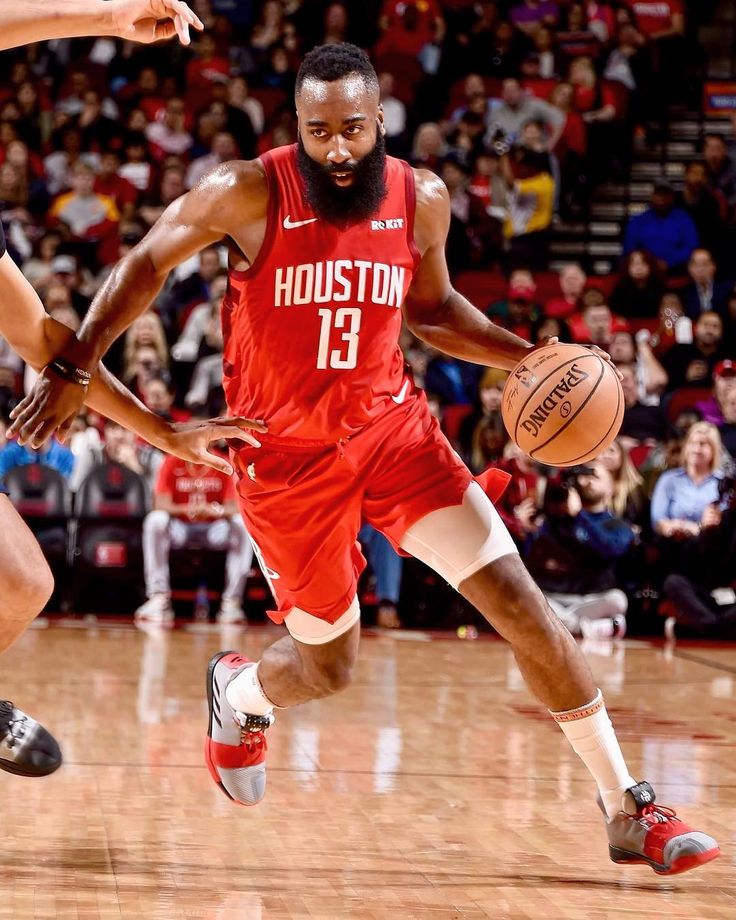 Nothing else. “Because that’s what big men do”.
Nothing else. “Because that’s what big men do”.
This isn’t restricted to games, even in practice a coach will often split their team up into ‘post players’ and ‘guards’. The post players only work on post skills and the guards only work on guard skills.
Tall players are often yelled at when they dribble the basketball up the floor or shoot from the outside.
Coaching youth basketball this way has to stop.
One of the main reasons is that the biggest players on a youth basketball team are often guards when they advance to the next level.
We can’t restrict a player in the future by assigning them to only one position. You never know how they’re going to grow and develop in the future.
What you should do instead:Create positionless players.
This is now one of my most important rules for youth basketball. I made the mistake of separating guards and bigs when I first started coaching (read about it here) but with experience I’ve learned better.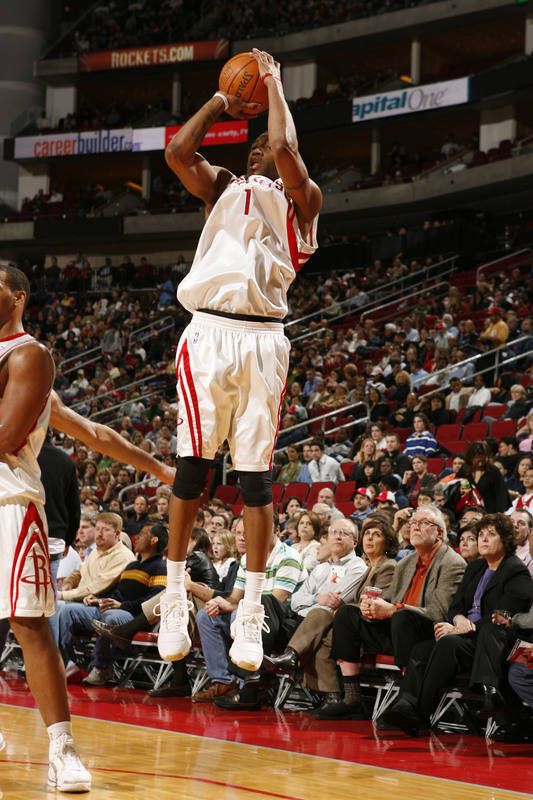
Allow all of your players to experience and practice advancing the basketball up the court, shooting from the outside, playing in the post, etc.
Terrible Tactic #8: Only Run Set Plays on OffenseAnother sign of an inexperienced coach or a coach who’s focused on winning is the amount of set plays they use on the offensive end of the floor.
“Why are set plays so bad?” you might be asking…
Because they give your players a pass from thinking and make decisions on offense.
Instead, your players already know where they should pass the basketball, where they should cut, when they should dribble, when they should shoot, etc.
By running set plays every time down the floor, you rob your players of the opportunity to make decisions and develop their basketball IQ by learning from experience.
Not to mention I’ve watched coaches work on their set players for 75% of practice. This is a huge waste of time that could be better spent playing small-sided games or working on skills!
What you should do instead:Use a basketball offense that gives the players the opportunity to make decisions.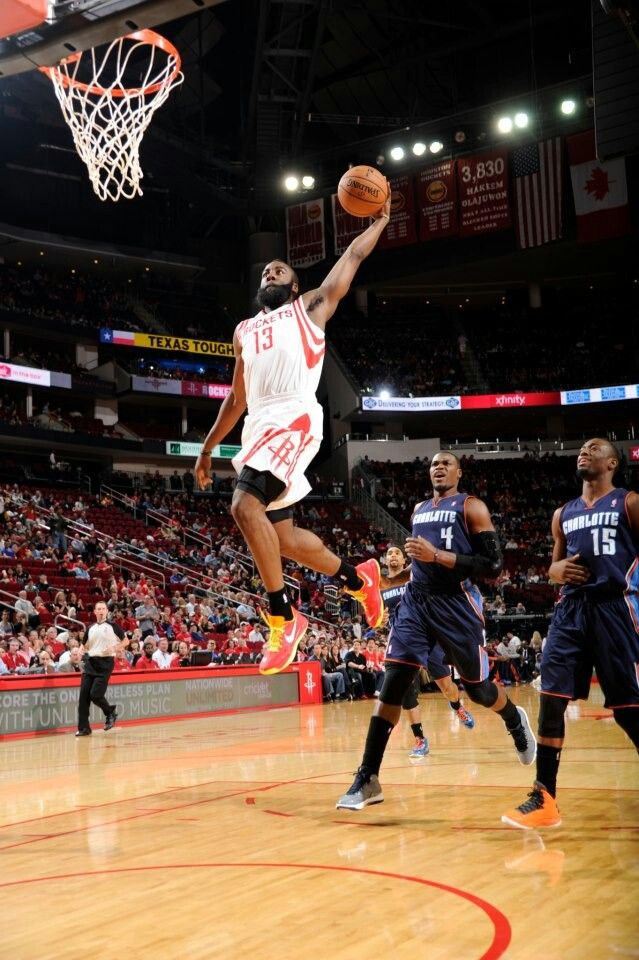
My favorite youth basketball offense is the Read and React offense by Rick Torbett.
In fact, you don’t even need to use an offense…
Often I’ll simply stress spacing and ball-movement to young players and then let them work it out on their own.
Sure, it’s not always pretty basketball, but they learn a lot!
ConclusionLet’s recap the 8 most common ‘terrible tactics’ youth basketball coaches make:
- They play their 5 best players as much as possible.
- Run a tight 2-3 zone.
- Run a full-court press.
- Don’t allow players to play multiple sports.
- They intimidate young referees.
- Only allow their best players to control the basketball and shoot.
- Force big players to only play in the post.
- Only run set plays on offense.
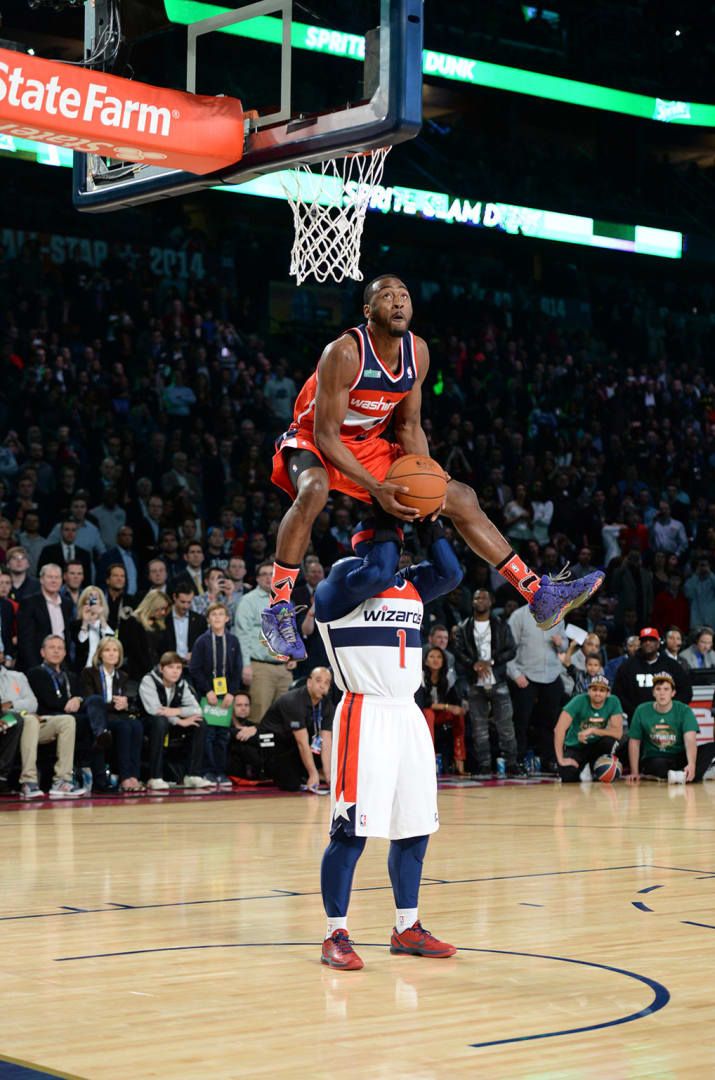
The most important thing to know is that you’re not a bad coach if you’re currently using any of the 8 tactics above.
All coaches are guilty of making the mistakes above at times throughout their youth basketball coaching career.
I’ve (unfortunately) used nearly all of the above tactics at some stage in my coaching journey.
I understand that it’s not always intentional. Most coaches don’t think these tactics will have a long-term impact on the players (just like I didn’t), but they do.
Hopefully, by writing this I’ll save you the time of working them out yourself!
We all have to remember what’s most important in youth basketball (development, participation, fun, etc) and stop letting our ego’s get in the way.
Can you think of any more ‘terrible tactics’? Share them in the comments!
How to choose a basketball?
Basketball is a fast and dynamic sport. To enjoy the gameplay, you need to buy high-quality inventory. Basketball equipment is presented in a wide range. Many well-known brands are engaged in the manufacture of balls for this sport. Which option to choose? Consider the main criteria.
Basketball equipment is presented in a wide range. Many well-known brands are engaged in the manufacture of balls for this sport. Which option to choose? Consider the main criteria.
Types of basketballs
One of the most important selection criteria is the purpose of the ball. With this, you need to start looking for a suitable projectile, we will start with this, in total there are three types:
- for the hall;
- for the street;
- universal.
The Indoor Basketball has excellent grip on parquet. Made from nat. leather or synthetics. Professional athletes choose models with a composite coating. Microfiber provides a comfortable grip. The material muffles impacts during the dribble. It is forbidden to play on asphalt sites, as in such conditions the projectile will very quickly lose all its qualities.
For the open field (outdoor) use shells made of synthetic raw materials. This composition makes them extremely resistant to wear. Additional surface treatment enhances grip. The ball is easy to control.
Additional surface treatment enhances grip. The ball is easy to control.
Universal projectiles are made of rubber. It is resistant to wear, behaves normally on parquet and can serve for quite a long time on open street areas. Some are covered with synthetic or composite materials. Manufacturers produce goods for sites with a smooth, wooden, rubber coating.
How to decide on the material
To understand how to choose a basketball, take into account the raw materials used in production. Durable versatile basketballs are made from artificial materials. Many professional indoor balls are made from composite leather.
Genuine leather is considered the best material for the hall. The leather ball is an essential element of any professional basketball tournament. If you see the marking “Supreme Leather” on such a ball, then the manufacturer used premium leather.
Quality check
The first evaluation method is rebound. A correctly inflated ball will bounce to a height of approximately 130 centimeters.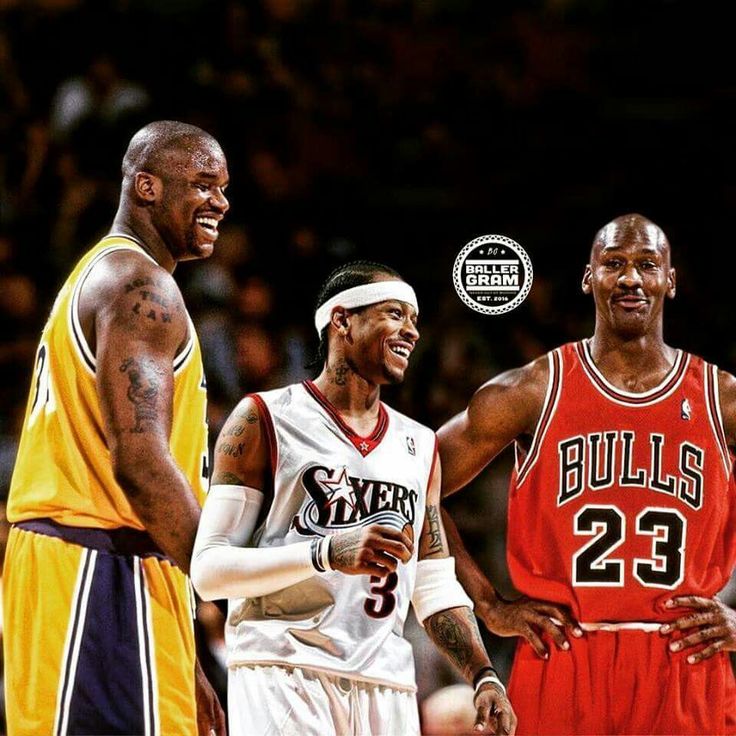 There is an alternative way. Raise the professional ball to head level, and then release it. He should bounce to the waist. Look at the quality of the nipple.
There is an alternative way. Raise the professional ball to head level, and then release it. He should bounce to the waist. Look at the quality of the nipple.
Do not sit on it or kick it to keep its original shape. Careful use preserves the correct rebound during the dribble. Elasticity is another indicator of quality. The ball must not become soft after a short play. Pump up periodically, but use only a special nozzle, and not a football needle.
Size
What size basketball should I buy? It all depends on the specifics of use. Marking No. 7 - the largest ball is intended for competitions of men's teams. The table shows absolutely all existing sizes:
Size